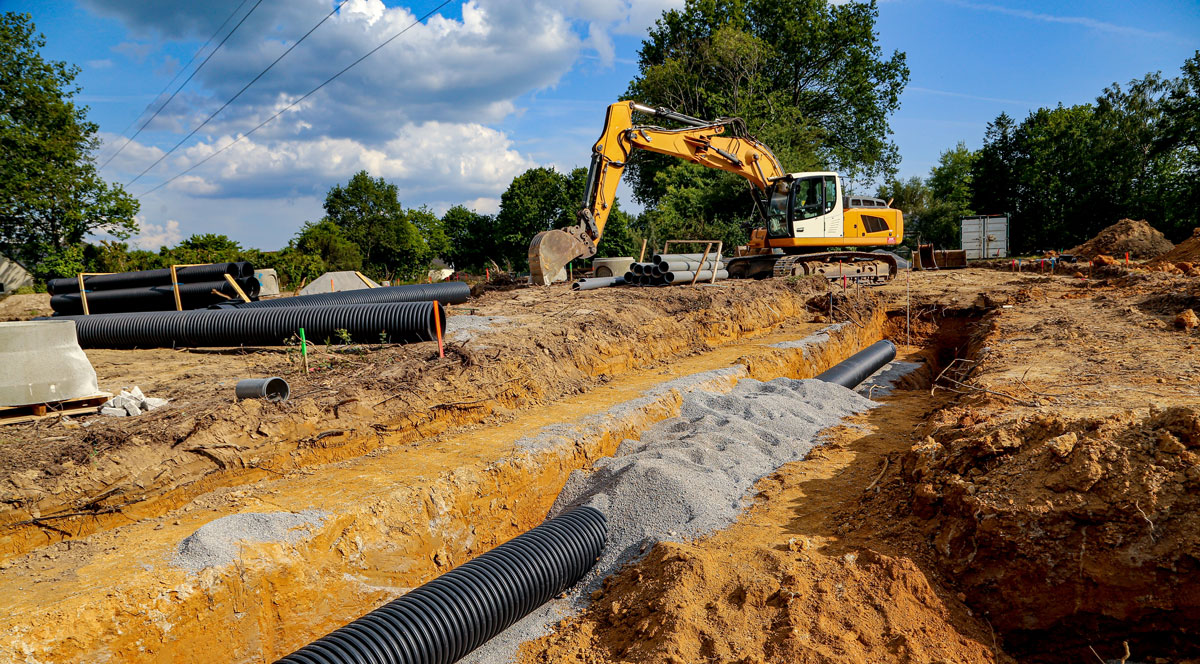Subdivision Bonds for Land Developers

What is a subdivision bond?
A subdivision bond is a construction bond guaranteeing that a developer improves a subdivision according to a contract’s terms. Developers must obtain these bonds for many public improvements to subdivisions, such as developing streets, homes, sewage systems, sidewalks, and other public infrastructure aspects.
Usually, a municipality like a city or county will require these bonds for financial protection. If a developer fails to complete a subdivision project accordingly, the government agency may file a claim for their losses.
Unlike other types of construction bonds – like performance bonds and payment bonds – subdivision bonds only guarantee a part of an overall development project. They ensure the developer completes construction on various aspects of the land inside a subdivision..
Get Your Subdivision Bond:
Quick Takeaways
- A subdivision bond is a construction bond ensuring that improvements will be made to a subdivision on time and according to a contract’s terms.
- Subdivision bonds pertain to new developments within a subdivision, while site improvement bonds cover work to existing structures on public subdivisions.
- A subdivision bond may cost around 3% of the total bond amount.
What is a subdivision anyway?
A subdivision is defined as “a tract of land surveyed and divided into lots for purposes of sale, especially one with houses built on it.” Subdivision is a process that involves dividing land into separate plots of land to sell or develop.
How do subdivision bonds work?
Like other types of surety bonds, subdivision bonds are contracts between three separate entities:
- Principal: The contractor, developer, or business that purchases the bond
- Obligee: The government agency that requires the bond
- Surety: The company that underwrites the bond and agrees to pay for any losses to the obligee according to the bond’s terms
When the principal signs and purchases the subdivision bond, they agree to complete improvements on time. If they fail, the surety will pay the obligee for their losses or to finish the project. Then, the principal will need to repay the surety for stepping in. In other words, if a developer takes too long to finish a project, can’t finish, or performs the job poorly and costs the government money, the surety will step in and make it right. The developer must then repay the surety for covering the mistake.
These are much different than other construction bonds because the obligee is not the one financing the work. They only benefit from these bonds (so there aren’t unfinished subdivisions all around town).
Frequently Asked Questions
A subdivision bond may cost around 3% of the total bond amount. If these projects have a long completion time, typically there will be additional costs annually for these bonds.
If the project lasts three years, you will renew the bond each year – up until the government agency requiring the bond provides a letter releasing it. Projects that expire before the year’s end may be prorated.
The amount you pay for this bond will likely depend on several factors:
- Project size and scope
- Contract terms
- The principal’s financial history (work experience and credit score)
Site improvement bonds and subdivision bonds are easily confused, but there are some distinct differences between them. A subdivision bond pertains to new developments within a subdivision. A site improvement bond, on the other hand, covers work to existing structures on public subdivisions.

Get a Subdivision Bond in Your State
To get approved for a subdivision bond, simply select your bond online, bind coverage, and print your bond. We make the process easy with our secure, all-digital platform that removes the pain of long, complicated applications.
About ZipBonds.com
Founders Ryan Swalve and Zach Mefferd formed the vision for ZipBonds.com when they realized how overly complicated it was to help clients place surety. The frustration of being unable to incorporate the technology they’d used in other insurance-focused projects left them thinking “there has to be a better way.”
Fast forward a couple of years, and that better way is the impetus of everything we do at ZipBonds. We constantly look for innovative ways to improve the bonding process for our clients and agents. Our team comprises individuals who understand all angles of surety – for companies, agencies, and individuals. Incorporating everyone’s point of view to improve the process while simultaneously integrating cutting-edge technology is what sets our business apart.

